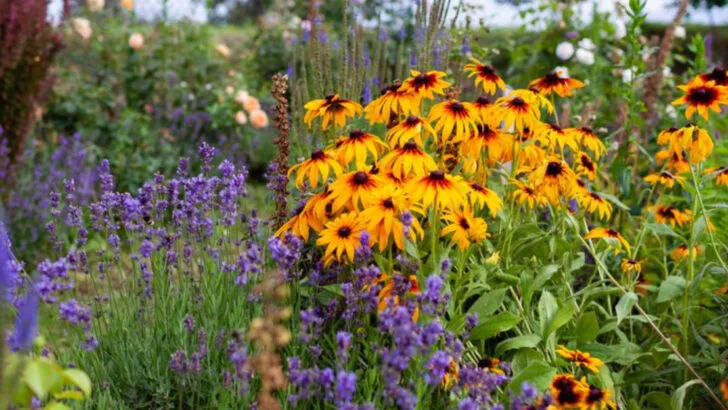Summer sun can be a blessing for plants—but during a heatwave, it quickly turns into a battle for survival. At Plantisima, we know how heartbreaking it is to watch your once-thriving garden wilt, scorch, or dry out overnight. The truth is, many gardeners unintentionally make things worse by following well-meaning but harmful habits.
In this article, we reveal 20 common mistakes that silently sabotage your garden during extreme heat, from watering at the wrong time to planting sun-sensitive species in full exposure. We’ll also walk you through practical fixes that can protect your plants and help them bounce back stronger, even when the temperatures keep climbing.
For all our Plantisima readers facing sizzling days and stressed-out plants—this is your survival guide. With the right tweaks and a little strategy, your garden doesn’t just have to survive the heatwave—it can come through it thriving.
Watering at the Wrong Time
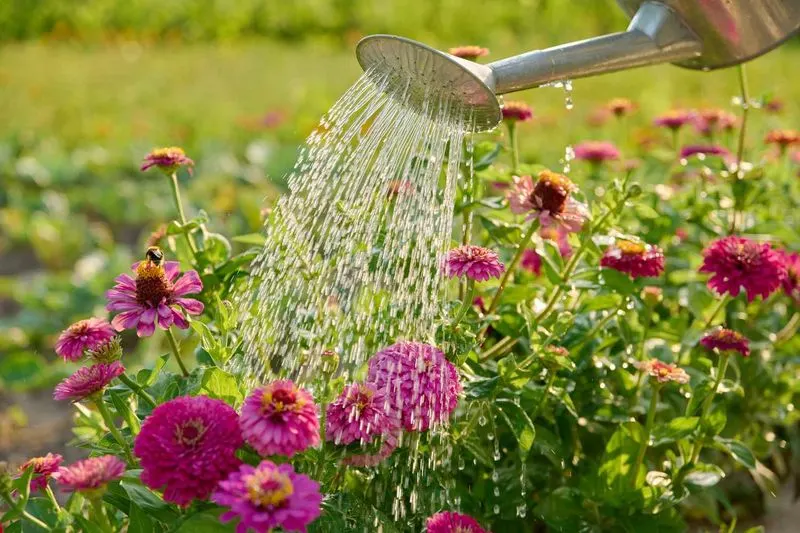
High noon might seem convenient for watering, but it’s not ideal. The intense sun causes rapid evaporation, meaning plants absorb less water. Early morning or late afternoon is better, as cooler temperatures reduce evaporation. By adjusting your watering schedule, you ensure roots have ample time to soak up moisture. Furthermore, the risk of fungal growth lessens with this timing shift. Implementing drip irrigation can further aid efficiency. This method delivers water directly to the roots, minimizing waste and maximizing hydration. Consistency is key; irregular watering leads to stressed plants, struggling to cope with fluctuating conditions.
Using the Wrong Mulch
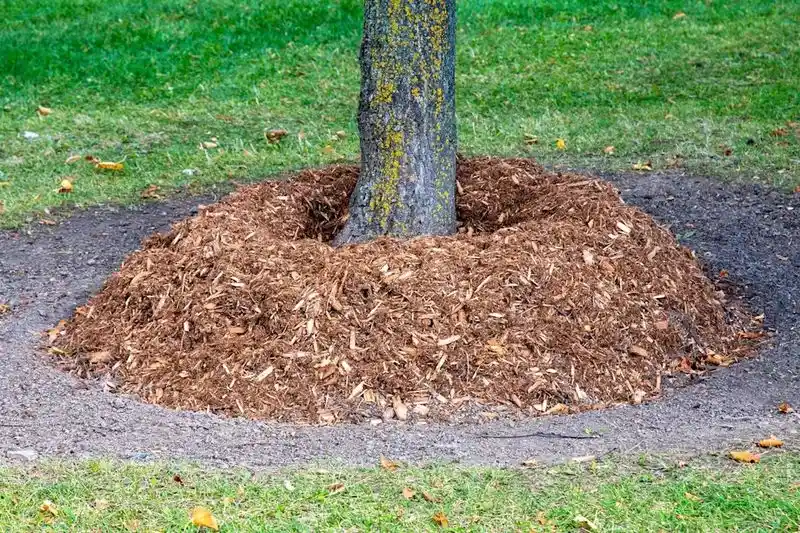
While mulch is a garden savior, choosing the wrong type can be detrimental. Organic mulches, like straw or wood chips, provide insulation and regulate soil temperature. However, synthetic mulches might trap excessive heat, harming plants. Selecting the right mulch is crucial for protecting roots from extreme temperatures. Organic options also decompose, enriching the soil over time. This natural process not only nourishes plants but also encourages healthier growth. Ultimately, understanding the interaction between mulch type and plant needs can prevent unnecessary stress on your garden during oppressive heat. Choose wisely, and your plants will thank you.
Neglecting Shade Solutions
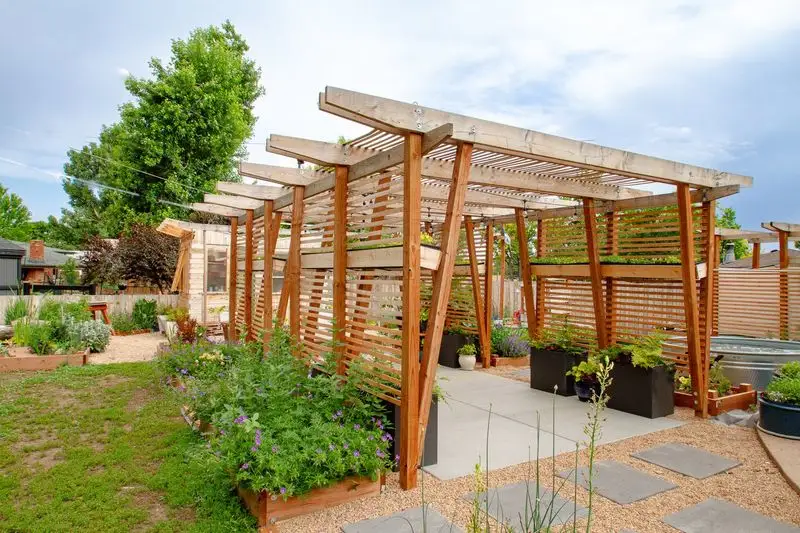
Direct sunlight can be too much for some plants during a heatwave. Creating shade with cloths or umbrellas helps reduce stress. Temporary structures can be easily assembled, providing relief from harsh rays. This practice ensures plants maintain moisture and prevents sunburn. An added benefit is the drop in soil temperature, promoting root health. While some plants thrive in full sun, others demand protection during peak heat. Knowing your garden’s specific needs allows for tailored solutions. By providing adequate shade, you foster a more comfortable environment for your green friends, enabling them to endure the summer’s wrath.
Ignoring Soil Quality
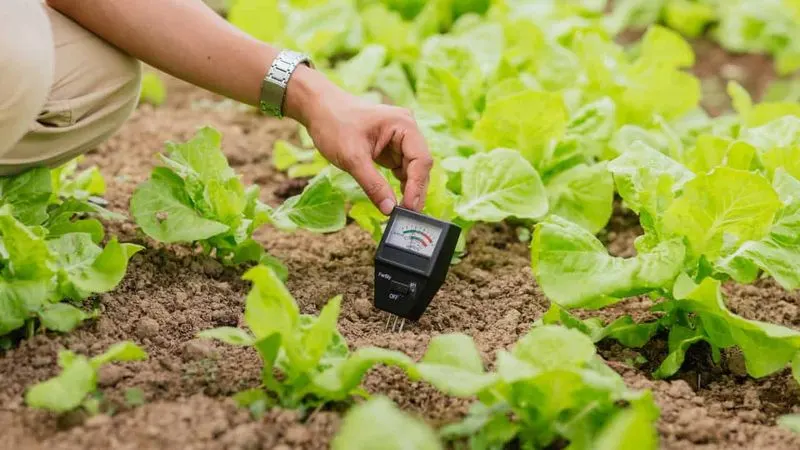
Poor soil quality is a silent garden killer, especially during extreme heat. Compacted or nutrient-poor soil struggles to retain water. Regularly testing and amending soil with organic matter improves its structure. Enhanced soil retains moisture longer, crucial during heatwaves. Additionally, healthy soil supports robust root systems, essential for plant resilience. By investing time in soil health, you create a foundation for thriving plants. Simple acts like adding compost or well-rotted manure can radically improve conditions. Don’t underestimate the power of good soil; it’s the bedrock of garden success, particularly in challenging weather.
Overcrowding Plants
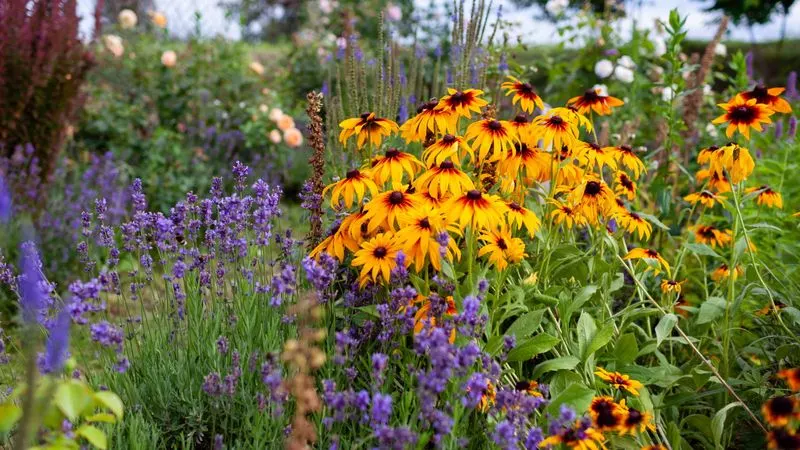
Plants need space to grow, especially when temperatures soar. Overcrowding limits airflow, leading to increased humidity and disease. By thinning out plants, you enhance air circulation and reduce competition for resources. This simple adjustment can significantly improve plant health. Additionally, spaced plants receive more sunlight, promoting balanced growth. While it might be tempting to fill every inch of your garden, restraint is crucial for success during heatwaves. Prioritize quality over quantity, ensuring each plant has room to thrive. Embrace the art of minimalism in gardening, and watch your plants flourish under the sun’s intense gaze.
Not Adjusting Fertilizer Use
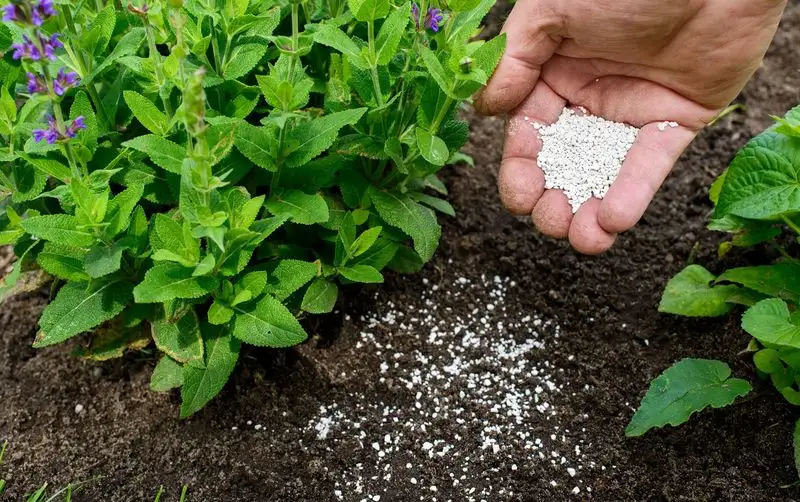
Fertilizing during a heatwave requires caution. Too much can burn plants, while too little stunts growth. It’s a delicate balance, demanding careful consideration of your garden’s needs. Opt for slow-release fertilizers to provide steady nutrients without overwhelming plants. This approach aligns with the natural growth cycle, minimizing stress. Additionally, focus on nutrients that support drought resistance, like potassium. By tailoring your fertilization strategy, you promote resilience. Remember, what’s beneficial in cooler months might not suit summer’s heat. Adjustments ensure your garden receives the right support, paving the way for flourishing plants even in adversity.
Failing to Recognize Plant Stress
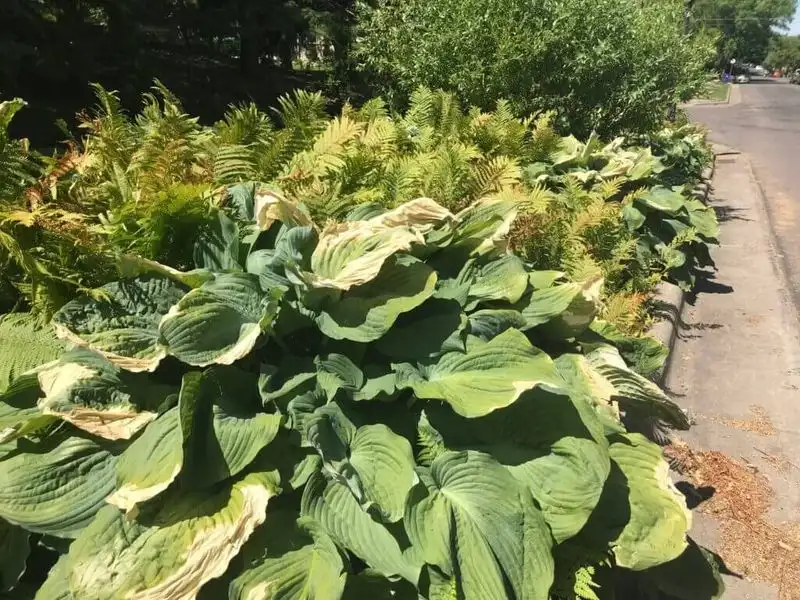
Plants communicate distress through wilting, yellowing leaves, and stunted growth. Recognizing these signs early can prevent long-term damage. Quick intervention, like adjusting water or shade, mitigates stress. Observant gardeners notice subtle changes, responding appropriately to prevent escalation. Each plant has unique signals; understanding them is key. By fostering this awareness, you become attuned to your garden’s needs. This proactive mindset builds a resilient environment, capable of weathering heatwaves. Knowledge of plant behavior transforms gardening from guesswork to science. Empower yourself with observation skills, safeguarding your garden against the harshest conditions.
Not Rotating Crops
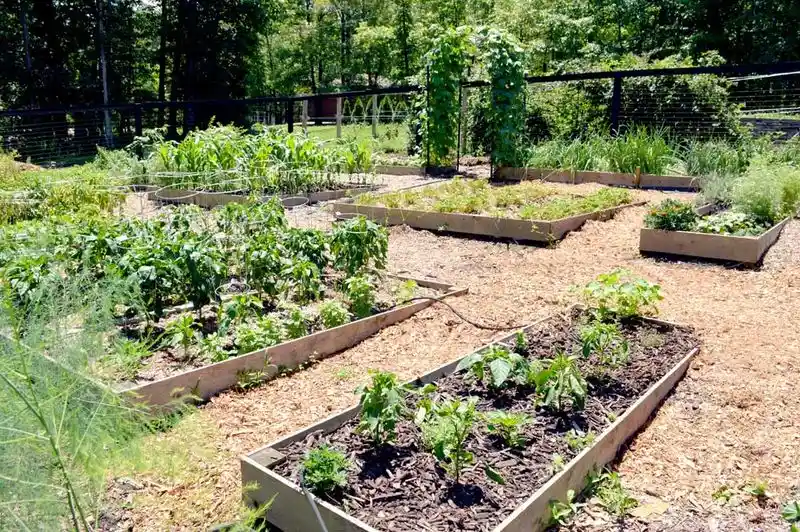
Monoculture invites trouble, especially in extreme weather. Rotating crops disrupts pest cycles and improves soil health. This ancient practice enhances biodiversity and reduces vulnerability. Different crops have varying nutrient needs, balancing soil composition. During heatwaves, a diverse garden can better withstand challenges. Crop rotation also prevents soil depletion, maintaining fertility over time. Embrace this sustainable approach for a more robust garden. Planning rotations requires foresight but pays dividends. Each season presents new opportunities for growth and learning. By implementing crop rotation, you create a dynamic, adaptable garden, ready to face the heat with renewed vigor.
Overlooking Pest Control
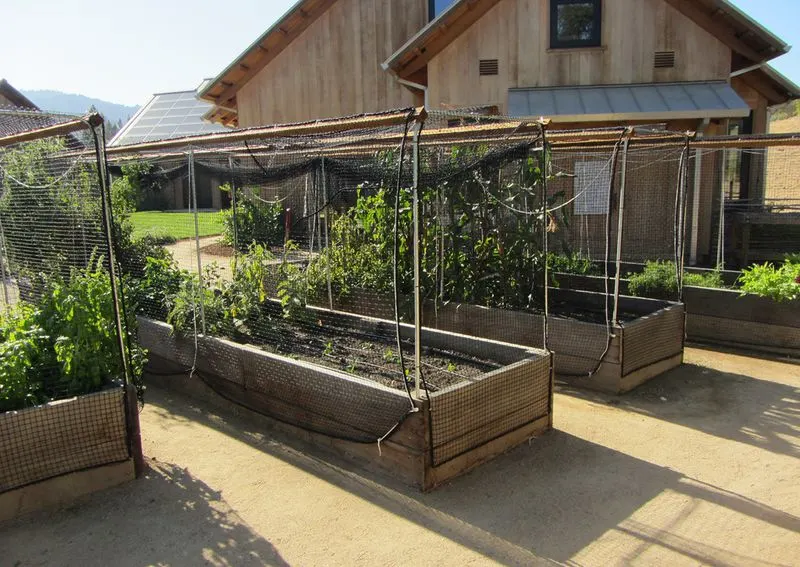
Heatwaves often bring an influx of pests, seeking moisture from struggling plants. Vigilant pest control is crucial to protect your garden. Regular inspections help catch infestations early, preventing damage. Integrated Pest Management (IPM) offers sustainable solutions, minimizing chemical use. Encourage beneficial insects, like ladybugs, to maintain balance. Natural remedies, such as neem oil, provide effective control without harming the ecosystem. By staying proactive, you safeguard your garden’s health. Remember, pests are opportunistic; don’t let them capitalize on heat-stressed plants. Armed with knowledge and strategy, you can fend off unwelcome guests and ensure thriving growth.
Inadequate Watering Techniques
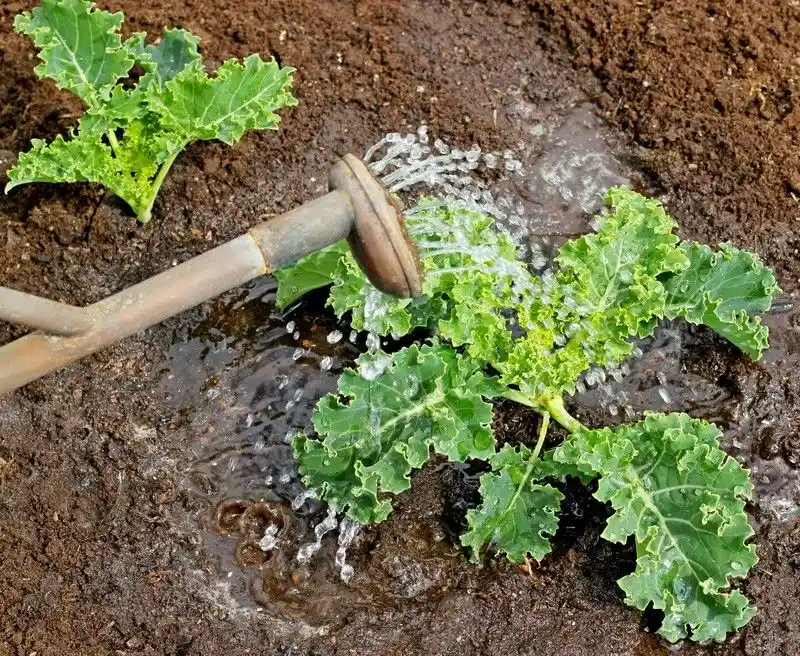
Watering isn’t just about quantity; technique matters. Improper methods waste water and stress plants. Aim for deep, infrequent watering to encourage robust root systems. This approach ensures moisture reaches plant roots, essential during heatwaves. Avoid shallow watering, which promotes surface roots and vulnerability. Consider drip irrigation for precision and efficiency. The goal is to balance hydration with conservation, nurturing plants without excess. Adjusting techniques based on weather conditions maximizes impact. By refining your watering strategy, you support a resilient garden. Thoughtful practices make a difference, transforming simple tasks into powerful acts of stewardship and care.
Using Chemical Pesticides Excessively
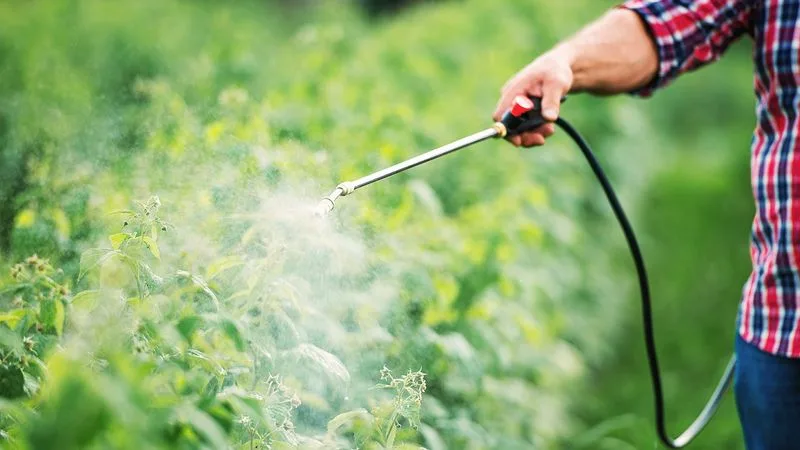
Resorting to chemical pesticides during heatwaves can backfire. Harsh chemicals stress plants further, disrupting natural defenses. Consider organic alternatives that are gentler on the environment. Companion planting and beneficial insects offer natural pest control. These methods create harmony, reducing reliance on chemicals. Excessive pesticide use can also harm beneficial organisms, leading to imbalances. By fostering biodiversity, pests remain in check without heavy intervention. Embrace eco-friendly practices, protecting both your garden and the planet. This balanced approach nurtures resilience, helping plants thrive despite challenges. Reassessing pesticide use not only safeguards your garden but also supports sustainable gardening efforts.
Ignoring Weather Forecasts
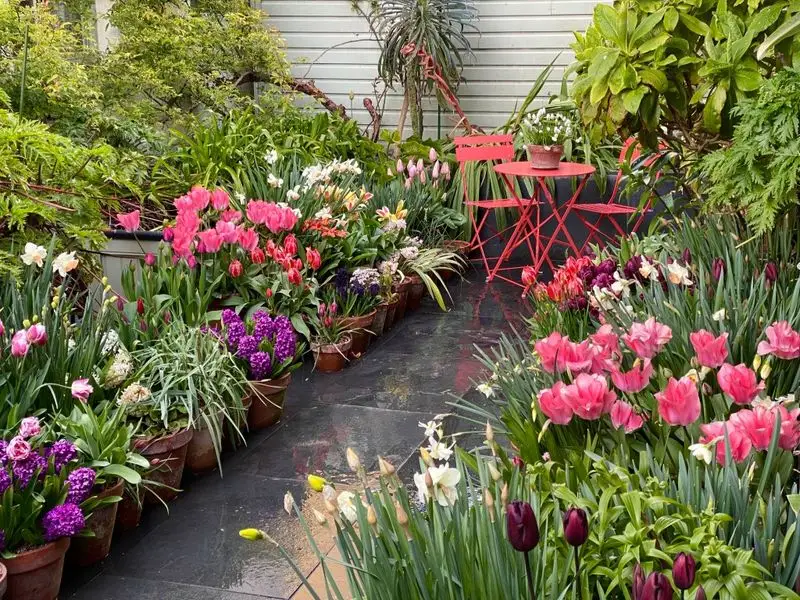
Staying informed about weather patterns can make all the difference. Heatwaves often arrive unexpectedly, catching gardeners off guard. By regularly checking forecasts, you can prepare your garden for extreme conditions. This proactive approach allows you to adjust watering schedules and implement shade solutions. Being weather-aware empowers you to make timely decisions, protecting your plants from sudden heat stress. Furthermore, understanding trends helps with long-term planning. Anticipating challenges ensures a more resilient garden. Embrace technology as an ally in gardening, using it to your advantage. Forecasting becomes a tool for success, turning potential disruptions into manageable events.
Not Pruning Effectively
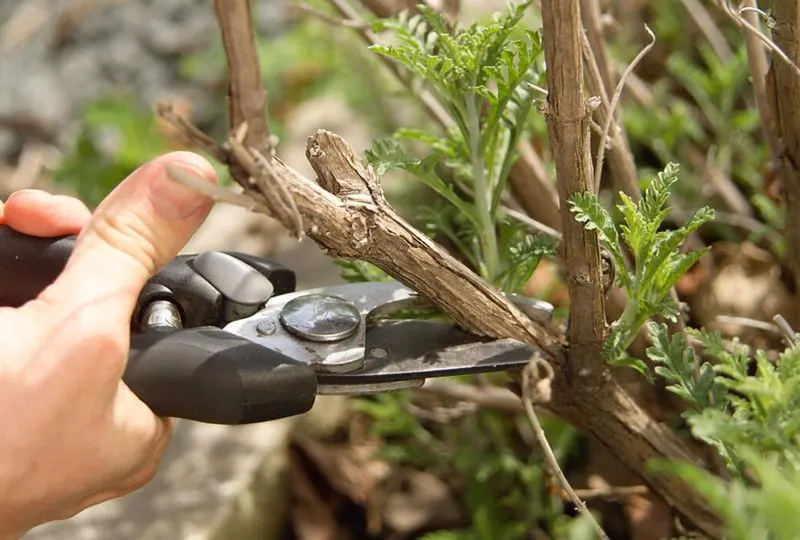
Pruning might seem counterintuitive during heatwaves, but it’s essential. Removing dead or overcrowded growth improves airflow and reduces disease risk. Thoughtful pruning lessens the burden on plants, allowing them to focus energy on healthy branches. This strategic act also enhances light penetration, fostering balanced growth. By assessing each plant’s needs, you tailor pruning efforts for maximum benefit. The result is a garden that breathes and thrives even in oppressive heat. Pruning becomes an art, blending intuition and technique. It’s an opportunity to shape your garden’s future, ensuring vitality through intentional care and attention to detail.
Planting the Wrong Species
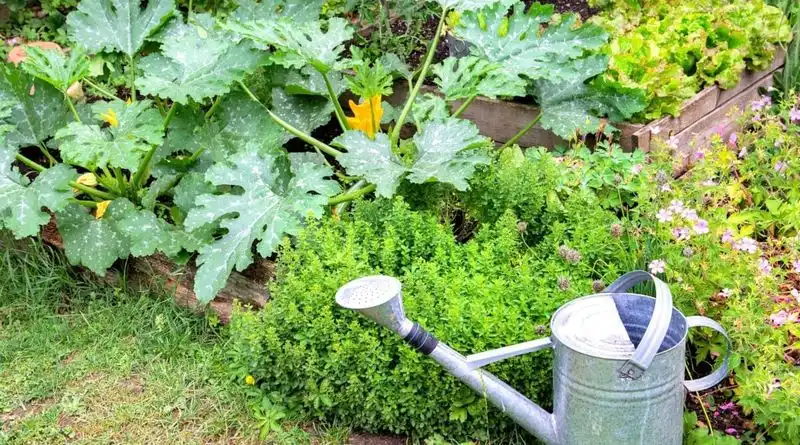
Choosing the right plants can make or break your garden during heatwaves. Native species are naturally adapted to local climates, offering resilience against extreme conditions. Researching plant suitability helps avoid future disappointment. Selecting drought-tolerant varieties reduces water dependency, aligning with environmental needs. This thoughtful approach fosters a garden that withstands climate challenges. Diversity is also key; mixing species creates a balanced ecosystem. By understanding plant compatibility, you cultivate harmony and health. A well-considered plant selection strategy turns adversity into opportunity, showcasing nature’s adaptability. Your garden becomes a testament to smart choices and thoughtful planning, thriving despite heatwaves.
Not Providing Wind Protection
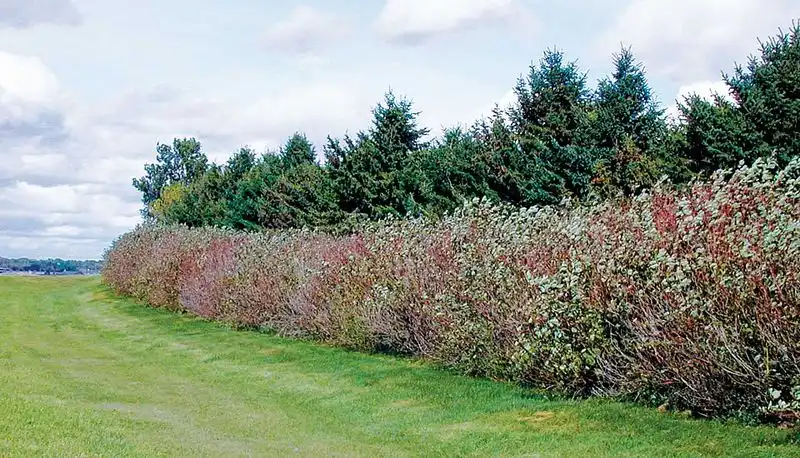
Wind can exacerbate heat stress, stripping plants of moisture. Implementing windbreaks shields your garden from harsh gusts. Simple solutions like fabric screens or strategically placed shrubs offer protection. Windbreaks reduce evaporation, preserving vital moisture in the soil. Additionally, they create a microclimate, moderating temperature extremes. By recognizing the impact of wind, you enhance garden resilience. Thoughtful placement ensures maximum effectiveness, turning barriers into assets. Windbreaks embody the principle of working with nature, not against it. Their presence fosters a nurturing environment, supporting plants as they endure the challenges of heatwaves and unpredictable weather patterns.
Overwatering
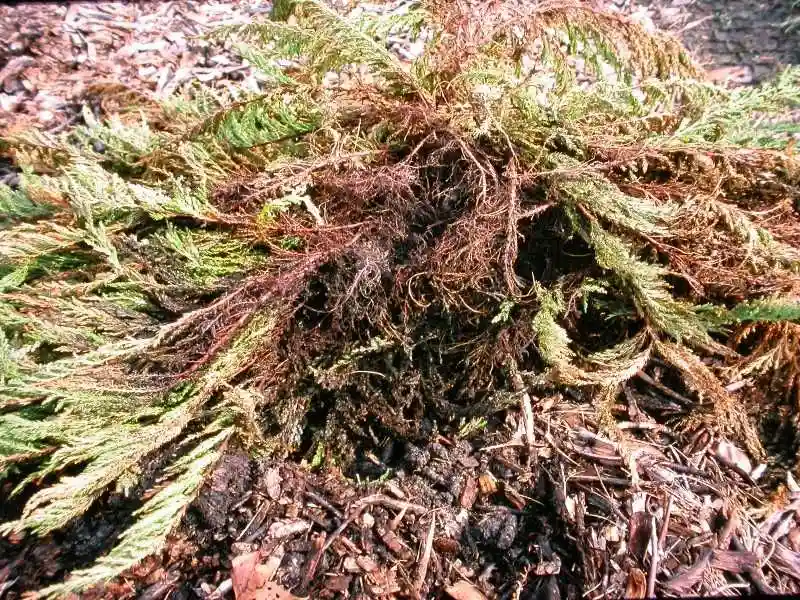
In the quest to combat heat, overwatering can become a pitfall. Excessive water saturates the soil, leading to root rot and nutrient leaching. Understanding your plants’ actual water needs is crucial. By observing the soil moisture, you gauge appropriate watering frequency. Aim for balance; too much water is as detrimental as too little. Consistent monitoring prevents overwatering, safeguarding plant health. This mindful approach nurtures strong, resilient roots, capable of coping with heat stress. By tuning into your garden’s signals, you strike harmony between hydration and health. Awareness transforms gardening practices, fostering a thriving, well-balanced ecosystem.
Neglecting Container Plants
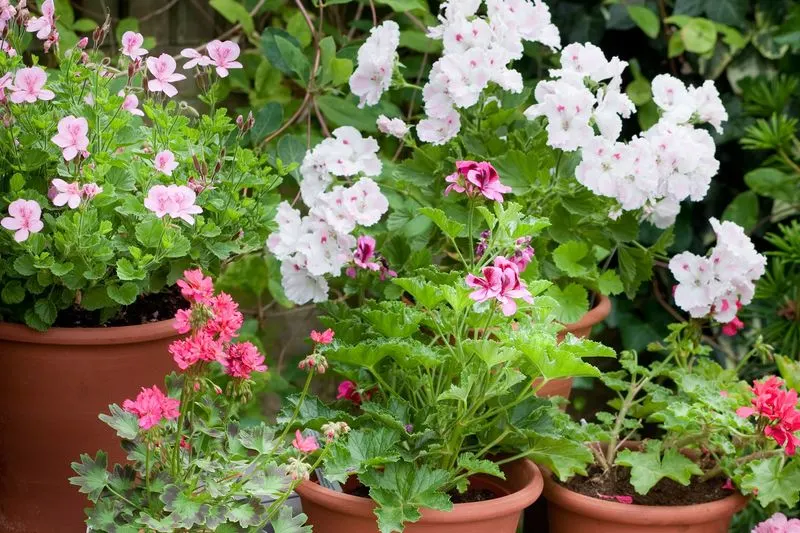
Container plants face unique heatwave challenges. Limited soil volume restricts water retention, making them prone to stress. Regular checks ensure they receive adequate hydration. Placing pots strategically, such as in shaded areas, provides relief from direct sun. Additionally, using mulch on top of the soil helps retain moisture. Container choice matters, too; lighter colors reflect heat, while materials like terracotta offer breathability. By understanding these nuances, you offer targeted care. Container plants thrive under attentive management, turning potential vulnerability into vitality. Your efforts transform them into a testament of adaptability and resilience, even amidst the harshest conditions.
Allowing Weeds to Thrive
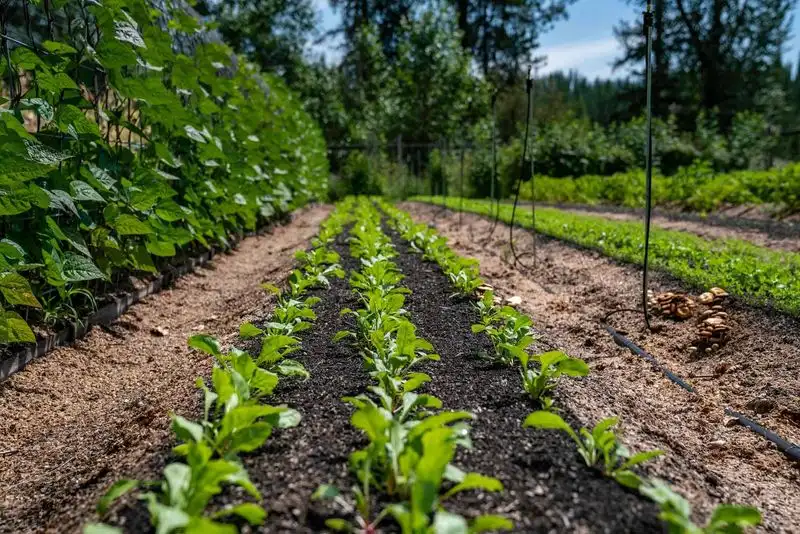
Weeds compete fiercely for water, nutrients, and space. During heatwaves, this competition intensifies, as resources become scarce. Regular weeding is vital to maintain a healthy garden. By removing these opportunistic plants, you free up essential resources for your desired flora. This act also improves airflow and reduces disease risk. Prioritizing weed control creates a nurturing environment, fostering growth and vitality. Consistent efforts prevent weeds from overwhelming your garden, ensuring it remains a haven for your chosen plants. Embrace weeding as a crucial component of garden care. Your diligence pays off, resulting in a flourishing landscape, even in challenging conditions.
Skipping Mulching
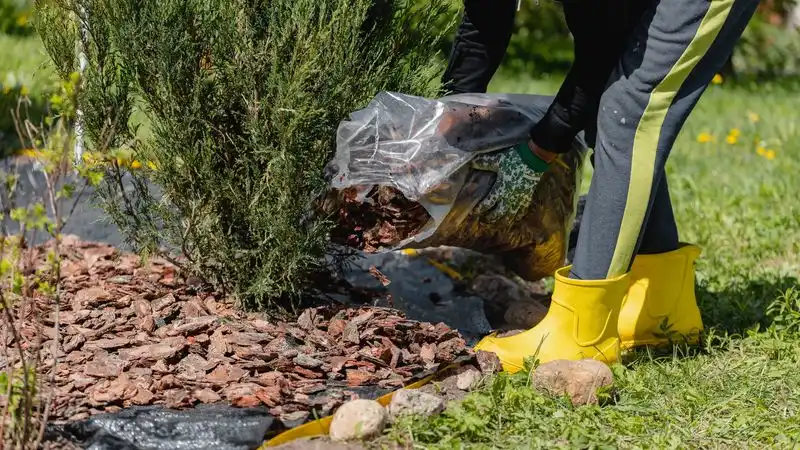
Mulching is a simple yet effective strategy against heatwaves. A protective layer conserves soil moisture and regulates temperature. Without it, soil loses moisture rapidly, stressing plants. Applying organic mulch provides insulation, reducing evaporation. This practice also suppresses weeds, minimizing competition for resources. By incorporating mulch, you create a microenvironment conducive to growth. Consistent application enhances soil health, benefiting plants long-term. Mulching transforms garden maintenance, turning basic acts into powerful tools of preservation. Its impact is profound, offering protection and nourishment. Skipping this step means missing out on a key ally in the fight against heat.
Not Monitoring Humidity
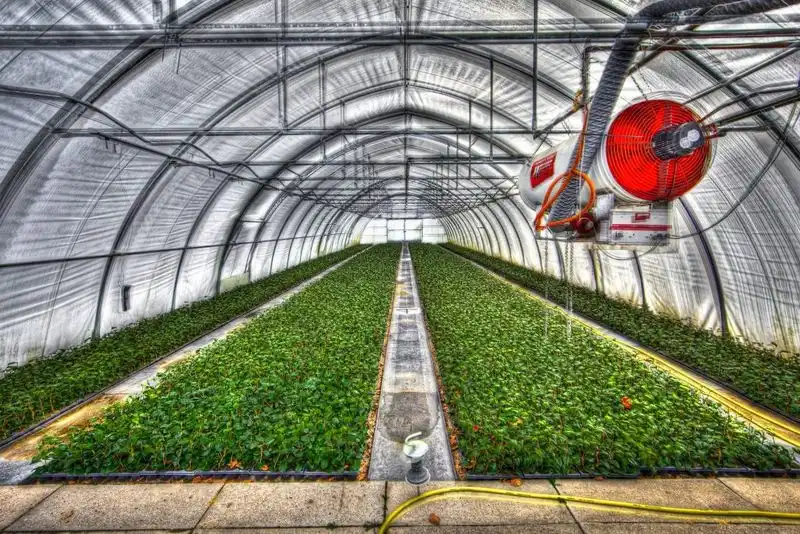
Humidity plays a crucial role in plant health, particularly during heatwaves. Low humidity increases evaporation, leading to dehydration. Monitoring humidity levels helps you take proactive steps, like misting or shading, to mitigate stress. Understanding your garden’s microclimate informs strategic decisions, enhancing resilience. Tools like hygrometers offer valuable insights, guiding your actions. By focusing on humidity, you address a subtle yet significant aspect of plant care. This awareness empowers you to create an environment where plants thrive. Knowledge becomes a tool, shaping a garden that withstands heatwave challenges with grace. Embrace this aspect of gardening, enriching your plant care repertoire.

